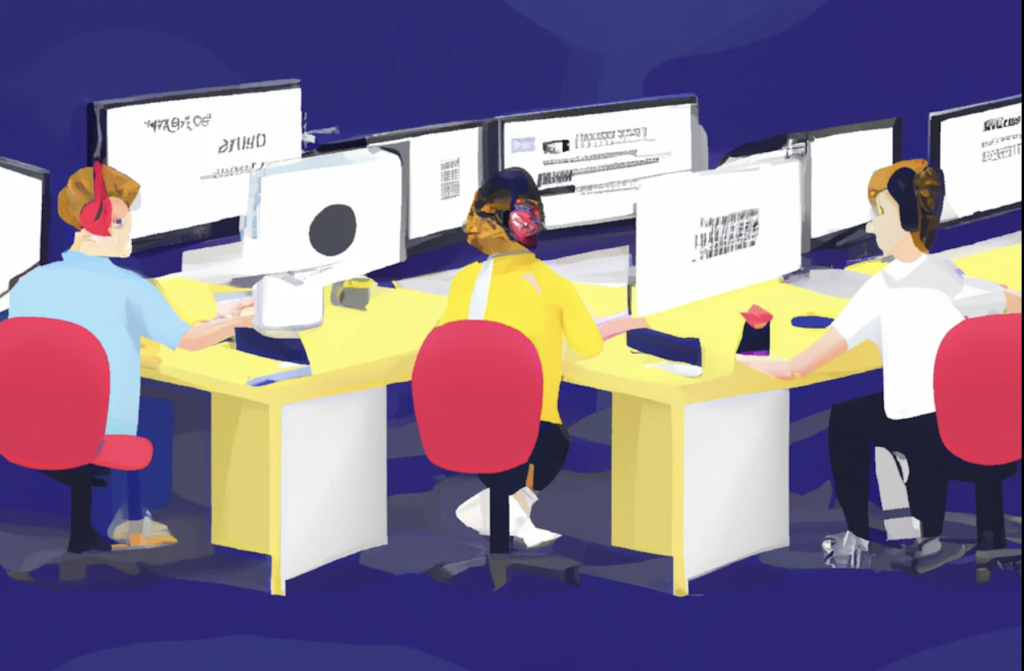Creating multilingual content has become increasingly important for businesses looking to reach a wider audience. However, creating multilingual content is not as simple as just translating your existing content. With the advancement of technology, AI-powered tools have emerged as valuable resources for streamlining the process of creating multilingual content.

In this blog, we will explore 7 best practices for leveraging AI tools to create compelling and impactful multilingual content. From translation to localization and beyond, these practices will help you harness the power of AI and connect with your global audience like never before.
1. Choose the Right AI Tools

The first step in creating effective multilingual content is to build your arsenal of AI tools. Many AI tools are available, each with its own strengths and limitations. Look for tools that help you with dubbing, subtitles, translation and localization, while also allowing for customization and fine-tuning. Check languages offered, speakers, credit usage, workflow, pricing plans and other features before deciding the tool.
For instance, Dubverse offers dubbing and subtitling for 30+ languages with 200+ AI speakers that span across gender, age and accents.
2. Collaborate with Human Localization Experts
While AI translation tools provide a convenient starting point, it’s essential to collaborate with human translators to ensure nuanced and culturally appropriate translations. AI tools can generate a preliminary translation, which can then be refined and enhanced by professional translators who understand the nuances of the target language and culture.
3. Build Your Localization Guide

Localization goes beyond mere translation; it involves adapting content to a specific locale, including cultural, linguistic, and technical aspects. Begin the content creation process with localization in mind. Build a guideline or a system to manage glossaries, style guides, and translation memory, to streamline the translation and localization workflow ensuring consistency across all content formats. .
4. Simplify and Standardize Your Content
When creating content, keep in mind that it will be translated into multiple languages. So, keep it clear and simple. Simplifying your source content not only improves translation quality but also enhances readability and comprehension for all audiences, including those viewing the original content.
Avoid idioms, colloquialisms, and jargon that may get lost in translation. Use a standardized content format and style to facilitate the localization process.
5. Optimize for SEO in Multiple Languages

To ensure your multilingual content reaches its intended audience, optimize it for search engines in each target language. Conduct keyword research specific to each market and incorporate relevant keywords naturally into your translated content. Pay attention to local search trends and preferences, as they may vary across different regions. Consider using tools like Google Keyword Planner or SEMrush to identify high-ranking keywords and optimize your content accordingly. Add subtitles to your videos in several languages as it also boosts your ranking.
6. Optimize Graphics and Visual Elements
Visual elements such as images, videos, and infographics can be powerful tools for communicating information and ideas across language barriers. If you create multiple videos in different languages, optimize visual elements to convey your message more effectively. Translate text on images or use elements that are culturally appropriate for all your target audiences and do not offend or misrepresent any community.
7. Measure, Analyze & Improvise
Regularly test and gather feedback on your multilingual content to identify areas for improvement. Conduct polls, user surveys, analyze engagement metrics, and monitor comments and suggestions to gauge the effectiveness of your content. Run a poll on social media to see what languages people prefer. Double down on the strategies that are working and improve on the weaker areas. By keeping your viewers in the loop, you can refine your approach, optimize your content, and better meet the needs of your diverse audience.

Let’s build a multilingual world!
Multilingual content is essential for businesses and creators who wish to establish themselves in a global marketplace. With multilingual content, you empower your content to reach more people despite their native language. Instead of waiting for the audience to discover and make an effort to understand your content, you bring it to them and simplify their journey. Leverage technology and these practices to build an efficient localization process for your content and maximize the returns on your creation effort.


